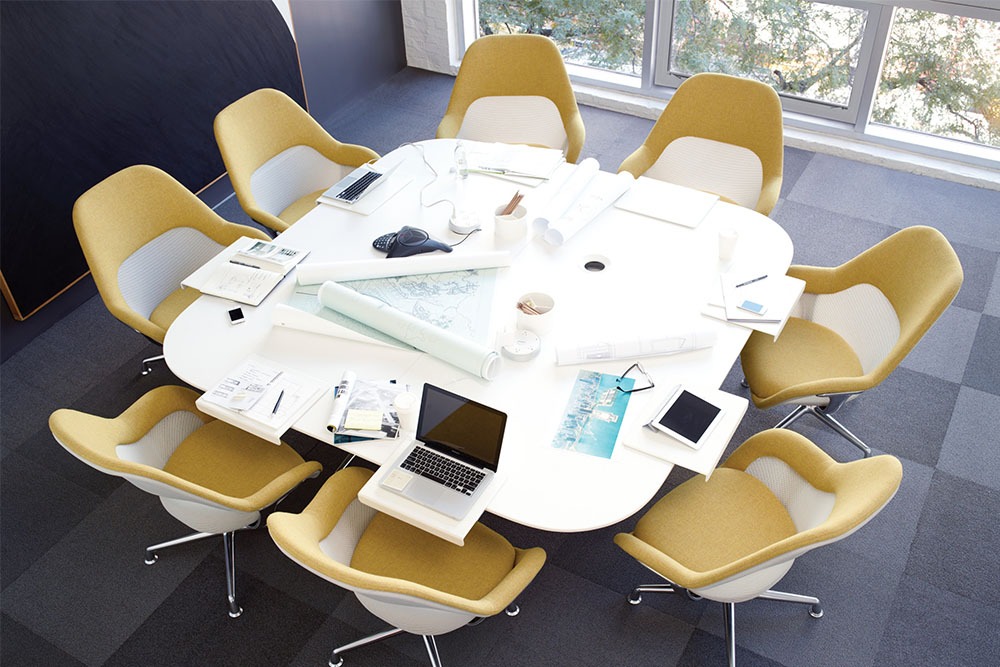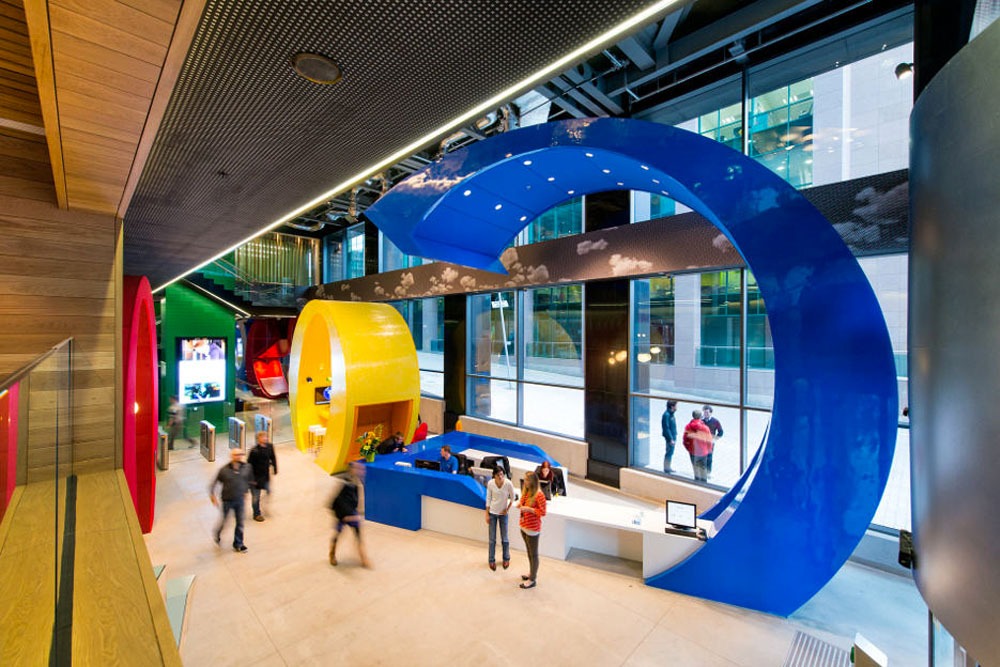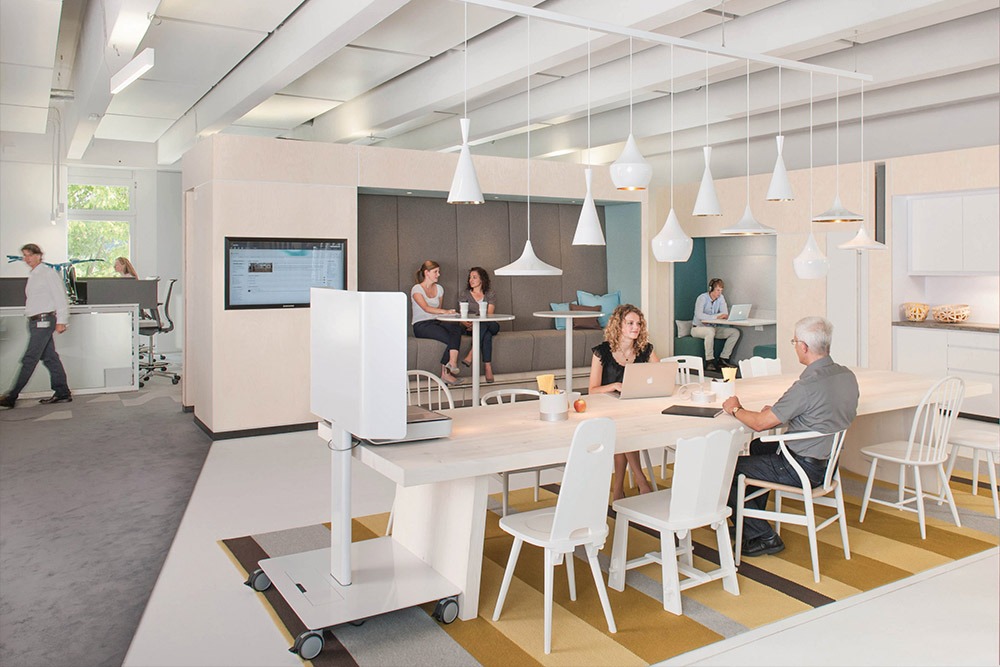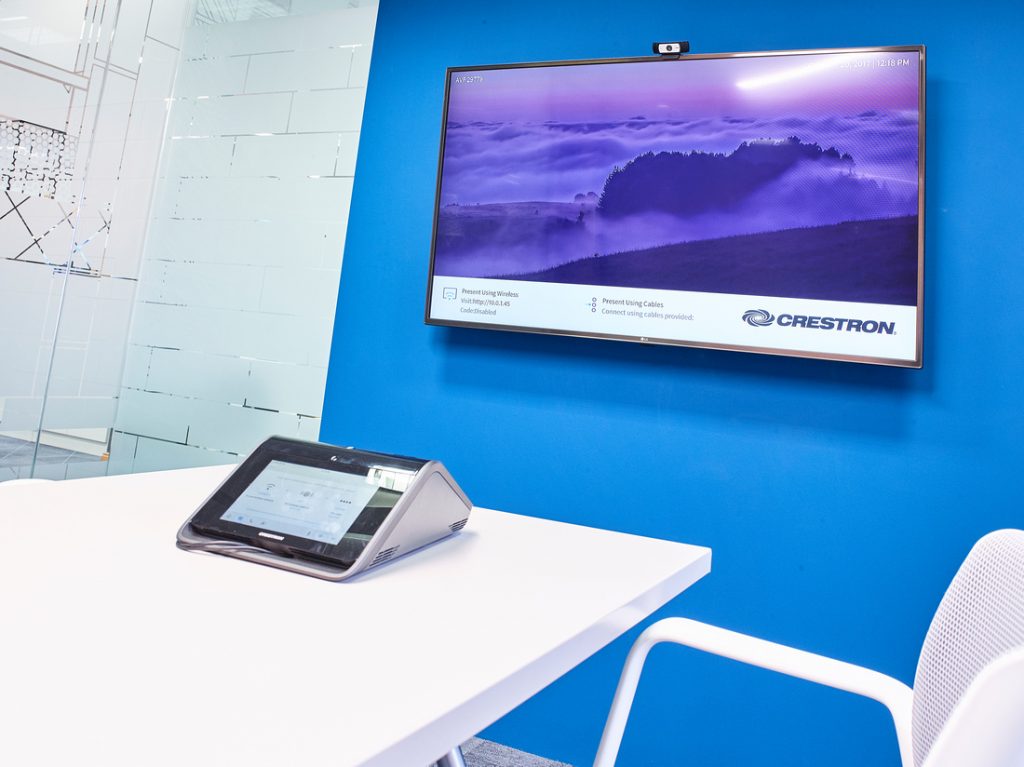21st Nov 2016
Do You Need to Rethink Your Workspace?
Rapid advances in technology have had a disruptive influence on many businesses and completely changed the traditional workplace office. With the advent of wifi, cloud computing and mobile technology, many predicted the end of the office, but it hasn’t gone away, it’s just evolved into something that’s fundamentally different.
And it’s this evolution that has led to many businesses having to rethink not just their working practices, but also their physical workspaces.
One person working exclusively in a single, defined workspace does not support the way that many businesses and their employees work today. Remaining agile and responsive is key to running a successful business, but in order to unlock the productivity gains that come from more flexible working processes, businesses also need to create a working environment that nurtures the physical, cognitive and emotional wellbeing of their staff.
Despite technology and the way it enables people to work remotely, either from home or on the road, people will always come back to the office, to connect with colleagues and clients, to ensure they’re still ‘plugged-in’ to the business and to access technology that they can’t carry around.
Steelcase, who we are dealers of recently published their latest issue of 360 Magazine with one of their features exploring “The Office Renaissance” where Steelcase research teams identify how workplaces are becoming something fundamentally different. Here are the key reasons from the Steelcase report we’ve chosen to help you identify why you should rethink your workspace:
1. The shift to creative work

It’s important to remember that your physical workspace is an extension of your brand. We don’t mean in terms of the colours, fonts, logos or design flourishes you use, although this is important, but the way your workspace reflects the culture and values your brand lives by.
Ask yourself, how does your company work? What problems are you solving, either as a company or for your clients?
You need spaces that allow you to solve those problems creatively. New ideas and collaboration are the lifeblood of businesses today, but a traditional ‘one employee per desk’ approach won’t facilitate this. Your staff are your biggest assets. They are the ones that make things happen, so your office should allow staff the space they need, individually or as a team, to work as efficiently and as effectively as possible.
2. Win the war to attract and retain talent

Most people don’t say they will use a search engine to find something, they’ll just use the world’s most popular search site and ‘Google it’.
But Google is more than just an online search engine… its name is synonymous with the ultimate office space. Slides, sleeping pods and other quirky design features aside, more than two million people apply each year to join Google – it’s almost ten times harder to get a job at Google than it is to get into Harvard. And that’s the point. Google knows how to attract talent, and also how to retain it. A large part of that is down to creating a workspace that’s a great place to work in.
Employees with coveted 21st Century job skills, those who can help organisations to innovate, to do things differently, to grow, are a limited commodity. They often choose organisations that offer the most meaningful work and the best working conditions, and reject anything that makes them feel like they are just a cog in the wheel. You might not be a Google, but just like you’ll form a first impression of a candidate coming for an interview, they’ll also form a first impression about your business that will play a big part in deciding if they can see themselves working for your company if they get the job offer.
If they like what they see when they walk through the doors, they’ll be more likely to say yes if you offer them the job. The same can be said for wowing your clients. Like we said earlier, your workspace is an extension of your brand. So, if they can see for themselves the values that you live by and the culture you’ve created, it makes them saying yes or signing off that little more easier.
3. Keep your employees engaged

More than a third of workers in 17 of the world’s most important economies are disengaged, according to another Steelcase’s Engagement and the Global Workplace report.
The study found that the most disengaged workers were also the most dissatisfied with their work environments, citing a lack of control over where and how they work.Modern workplaces can’t bind someone to their desk all day, every day, they need to be agile and resilient, and offer a number of working spaces to suit what tasks need to be completed that day.
4. Utilise the promise of technology

The Steelcase report states: “Consumer technologies are a game changer for the office. People are accustomed to technology that helps them drive better, manage their home appliances remotely, walk more, sit up straighter or connect more with their friends and family.
Then they come to offices where technology largely exists on desktops or mobile devices, and no one has thought about embedding it into the physical environment to help make the work day better. But when it’s thoughtfully-integrated in the walls, floors and furniture, technology holds the promise to actually make the work experience more human-centred”.
We’d echo that view. It’s important for any business to create space that captures the essence of the organisation and allows for the kind of interaction and collaboration needed to create a place that your staff feel proud of and enjoy working in.